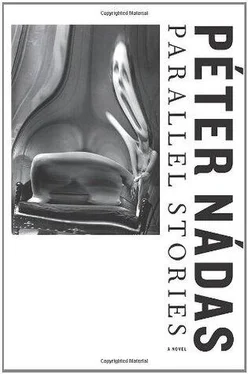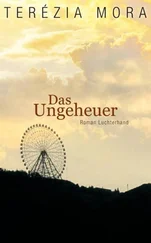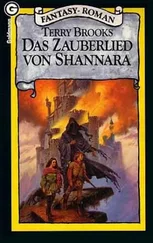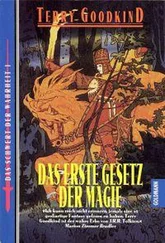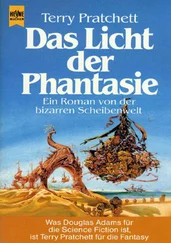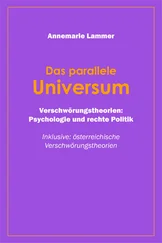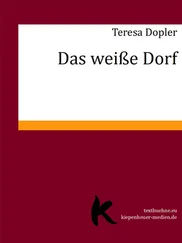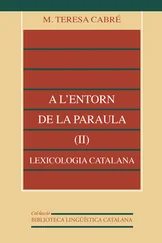*Wolfram Sievers, a physician who joined the National Socialist party in 1929 and the SS in 1935, directed a group founded by Himmler to study the origins of the Aryan “race” and in 1943 became head of the Institute for Military Scientific Research, which performed many experiments on living and dead concentration-camp inmates. At the postwar Doctors’ Trial at Nuremberg, he was found guilty on three counts of crimes against humanity and hanged in 1948.
*Beginning in April 1944, German and allied Hungarian forces deported Jews from Hungary’s provinces; in June, the authorities ordered the Jews in Budapest, by late July virtually the only Jews remaining in the country, into several thousand designated buildings scattered around the city and marked with yellow Stars of David. The Soviet army liberated Budapest in January 1945.
*The postwar Communist government of Hungary established People’s Tribunals to which many Hungarians were brought, charged with having collaborated with the Nazis, found guilty, and imprisoned or executed during 1945–49.
*Emmi Pikler was a well-known pediatrician who put new theories of infant education into practice at the orphanage she ran in Budapest, where she also helped to hide Jews.
*Brain softening: encephalomalacia or cerebromalacia. Dr. Lehr is in the psychiatric ward instead of the neurology ward because he is a VIP, and under Hungary’s dictatorship of the time, VIPs were given the extra privacy and protection that psychiatric wards afforded: they were closed wards, and visitors had to ring a bell to gain entrance, which was granted only to close family members.
*János Kádár was a leader in the Hungarian Communist Party who had joined Prime Minister Imre Nagy in the anti-Soviet revolutionary actions of October 1956, but by November 2 had formed a new government with Soviet support; he remained in office until 1988.
*Two key figures in the Hungarian government of 1949–53 were Defense Minister Mihály Farkas, a longtime Stalinist, and his son Lieutenant Colonel Vladimir Farkas, who held a high position in the ÁVH and was widely known as a torturer.
*In May 1960 Israeli secret agents had captured the well-known Nazi Adolf Eichmann in Argentina and brought him to Jerusalem to face fifteen charges of committing war crimes against humanity and against the Jewish people, and of being a member of organizations that had been deemed criminal at the Nuremberg trials of 1946; the charges included his actions during the summer months of 1944, when he was in Budapest directing the expulsion of many thousands of Hungarian Jews to Auschwitz-Birkenau. His trial began on April 2, 1961, and ended with his conviction on all counts; he was executed in 1962.
*Klara is echoing the first lines of a famous Sándor Petőfi poem of 1846, which begins: “There is only one thought I dread / Among pillows to die in bed…”
*A reference work listing all the members of Europe’s royalty and nobility, published regularly in the Thuringian town of Gotha from 1764 until the Second World War.
*The Nazi-affiliated Arrow Cross, which seized power as a so-called Government of National Unity in the last months of the Second World War, used the notorious Sopronkőhida military prison, outside Budapest, to incarcerate men it considered its foes.
*Mikhail Bakunin (1814–76) was a celebrated Russian anarchist and theorist of revolution, who favored the idea of revolutionary conspiracy.
*In English in the original.
*Hungary’s postwar government had Communists in key positions and was in essence directed by the Soviet Union. When in 1947 the center-right Smallholders Party won an election, the Russians forbade it to form a government, but the Smallholders organized a short-lived coalition government including Communists, Social Democrats, and the left-wing National Peasant Party.
*Mátyás Rákosi, general secretary of the Hungarian Working People’s Party, was de facto leader of Hungary for most of 1949–56. János Kádár was prime minister from November 1956 until 1988.
*The Young Pioneers organization, founded in the Soviet Union in 1922 and emulated in many Communist-dominated countries, was a government-run, doctrinaire imitation of the Boy Scouts and Girl Scouts.
*The writer and scholar Pascal Pia, who served in the French resistance during the Second World War and edited the underground journal Combat , favored an independent Algerian republic. Pierre Mendès-France, foreign minister and prime minister in two governments of France’s postwar Fourth Republic, was well known for his anticolonialist views; he opposed the continuation of French rule in Algeria and opposed General Charles de Gaulle’s seizure of power in May 1958, when a mounting crisis over Algeria brought about the collapse of the Fourth Republic and the creation of a Fifth Republic, of which de Gaulle became first president.
†Though a majority of the French voted in favor of Algeria’s self-determination in a referendum of January 8, 1961, a group of army officers opposed France’s efforts to negotiate a peace with the Provisional Government of Free Algeria and threatened the government of Michel Debré with a coup against it, claiming that its policies were treasonous Communist ones. Soon (in April 1961), French army generals did indeed attempt a putsch; it was put down by President de Gaulle, who appealed to French soldiers not to obey the insurrectionary officers and to support the government.
‡France’s minister for Algerian affairs in 1960–62, Joxe negotiated Algeria’s independence and the end to the Algerian war in 1962.
*The Avars, a nomadic people of Mongol Central Asian origin, were active in the Danube basin by the sixth or seventh century A.D. Horsemen-warriors dominated their highly structured, hierarchical society.
*A fourteenth-century nobleman, celebrated as a legendary hero in Hungarian folklore.
*Balter means that he began working at the prison when Miklós Horthy was regent of Hungary, that is, at some point between 1920 and 1944, then continued under the postwar Communist regimes.
*An infamous medium- and maximum-security prison in Budapest.
*In English in the original.
